There can be your advertisement
300x150
Everything You Need to Know About Rainscreen Cladding
One of the most valuable inventions by Norwegian builders is the use of ventilated back cladding with connections and drainage that can be open or closed. Today, several companies producing rainscreen cladding offer this product for commercial purposes.
Rainscreen cladding, which has proven its effectiveness and high functionality in construction, fully meets modern architectural requirements. Installing such cladding is much easier than it seems.
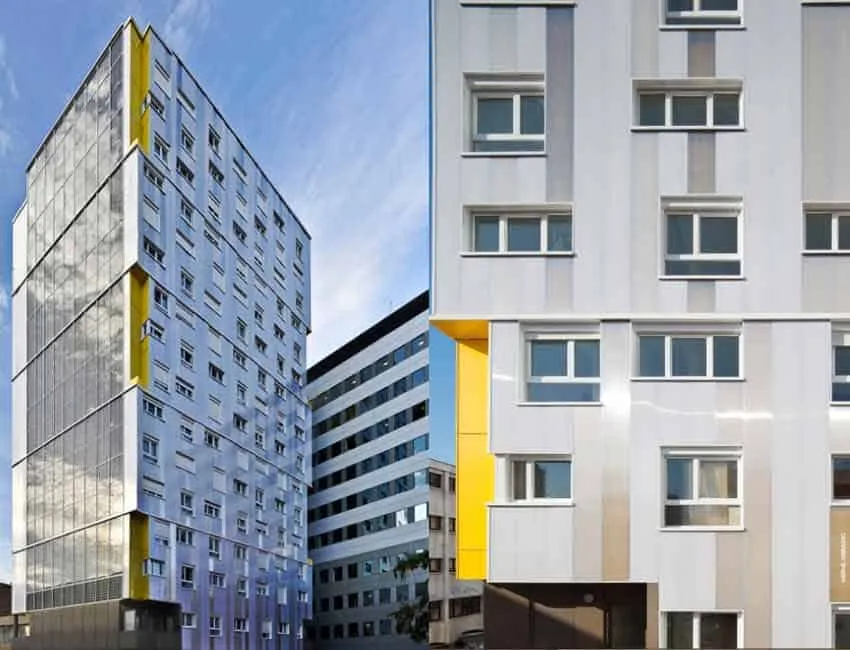
This article will give you an overview of the advantages of rainscreen cladding systems and how they work. In addition, many manufacturers of rainscreen cladding offer high-quality solutions.
Proper and quality cladding is essential, as poor thermal insulation leads to significant energy losses in both private homes and other buildings. On the other hand, rainscreen cladding helps save energy due to the air gap on the outer side of the building.
When thermal insulation works together with rainscreen cladding, it provides numerous benefits such as improved thermal and sound insulation.
Based on its principle of operation, rainscreen cladding creates a ventilated gap between the back panels and the building facade. This allows air to circulate constantly, removing moisture that penetrates through joints before it reaches the building structure.
Rainscreen cladding can be made from stone, glass, wood, brick, or metal. The cladding reduces the force of rain impact on the protected surface, while the air gap behind minimizes water pressure on the load-bearing wall.
In general, rainscreen cladding manufacturers offer cladding with a porous structure and ventilation holes that allow air to circulate in the gap, preventing moisture accumulation. Moreover, a sealed load-bearing wall with a rigid waterproof coating ensures that moisture does not damage the structure.
Rainscreen systems can be divided into two main categories:
- Simple rainscreen systems
- Pressure-equalized systems.
In most cases, simple rainscreen systems are suitable for regions with low rainfall. In a basic rainscreen system, the cladding is ventilated while the load-bearing wall is covered with waterproof material and sealed. Often, a drain is installed at the base of the wall. An example of such a system would be brick cladding over a concrete wall.
The main difference between rainscreen cladding and curtain wall:
Curtain walls include a lightweight aluminum frame with installed glass or opaque panels. These walls separate internal and external spaces of the building. Thus, they bear only their own weight, with loads transferred to the main structure.
The key difference between a curtain wall and rainscreen cladding is that rainscreen cladding envelops the entire building volume and resists both conditioned and unconditioned air inside. Rainscreen cladding, in turn, forms a protective layer on the outer surface.
The choice between rainscreen cladding and curtain wall depends on the building design, its requirements, and climate conditions. Rainscreen cladding manufacturers will help you choose the right solution after evaluating all requirements.
More articles:
 Add Sweetness to Your Kitchen with Beige Cabinets
Add Sweetness to Your Kitchen with Beige Cabinets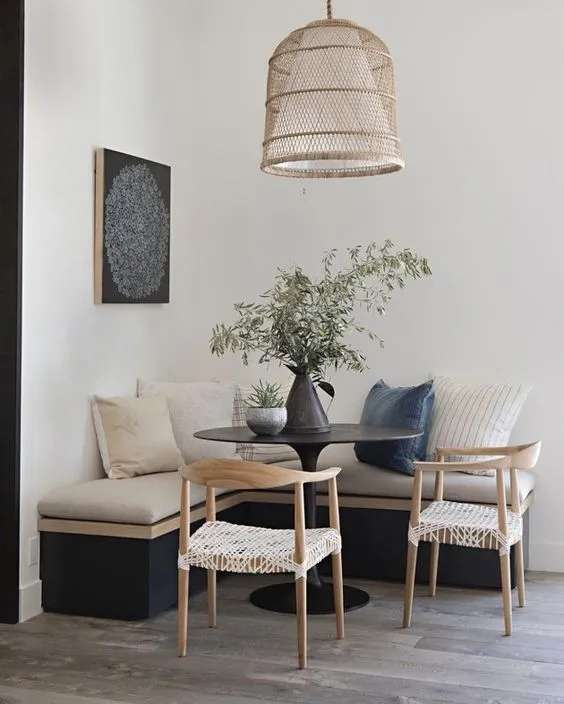 Add Functionality and Style with a Corner Table
Add Functionality and Style with a Corner Table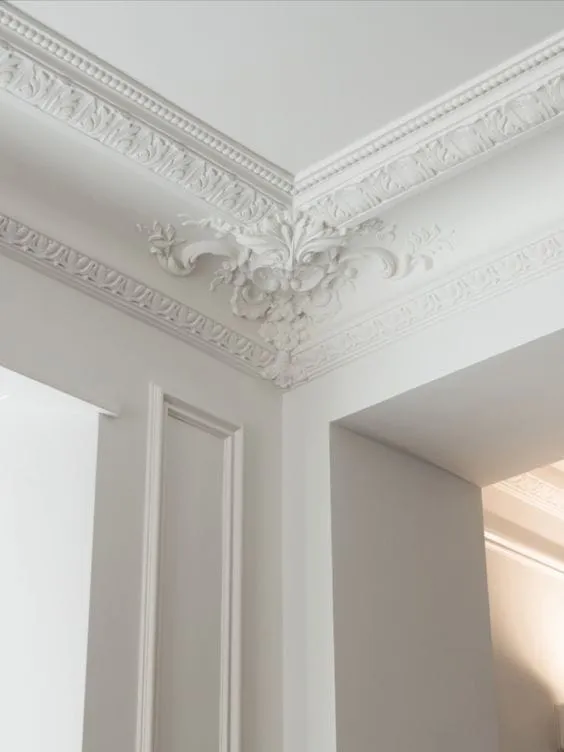 Add Texture and Depth to Bedroom Walls with Plaster Molding
Add Texture and Depth to Bedroom Walls with Plaster Molding Additional Interior Design Trends for 2023 - Ideas Full of Personality
Additional Interior Design Trends for 2023 - Ideas Full of Personality Principles of Creating the Perfect Rattan Bedroom
Principles of Creating the Perfect Rattan Bedroom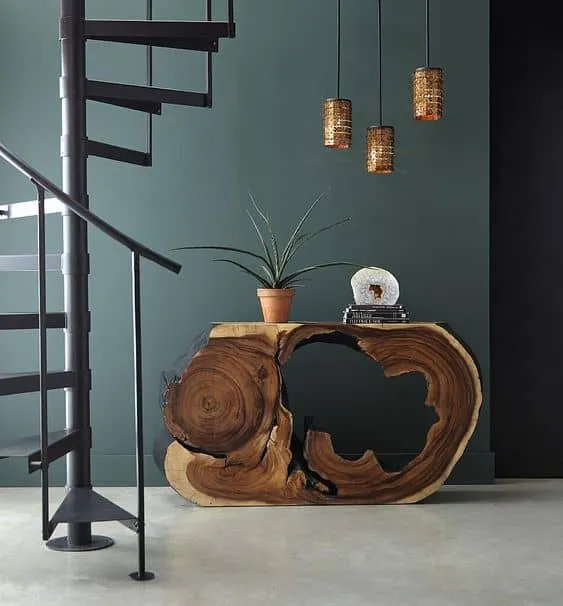 Use Wooden Furniture for a Cozy and Stylish Interior
Use Wooden Furniture for a Cozy and Stylish Interior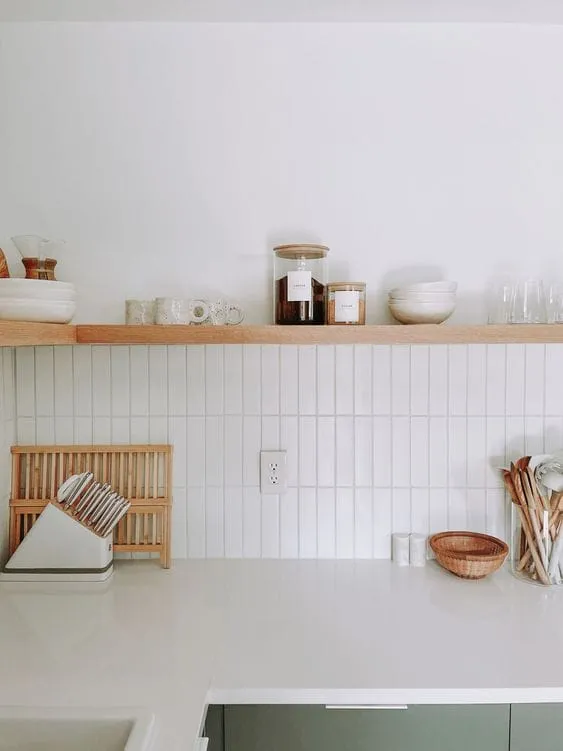 Advantages of Using Ceramic on the Kitchen Wall
Advantages of Using Ceramic on the Kitchen Wall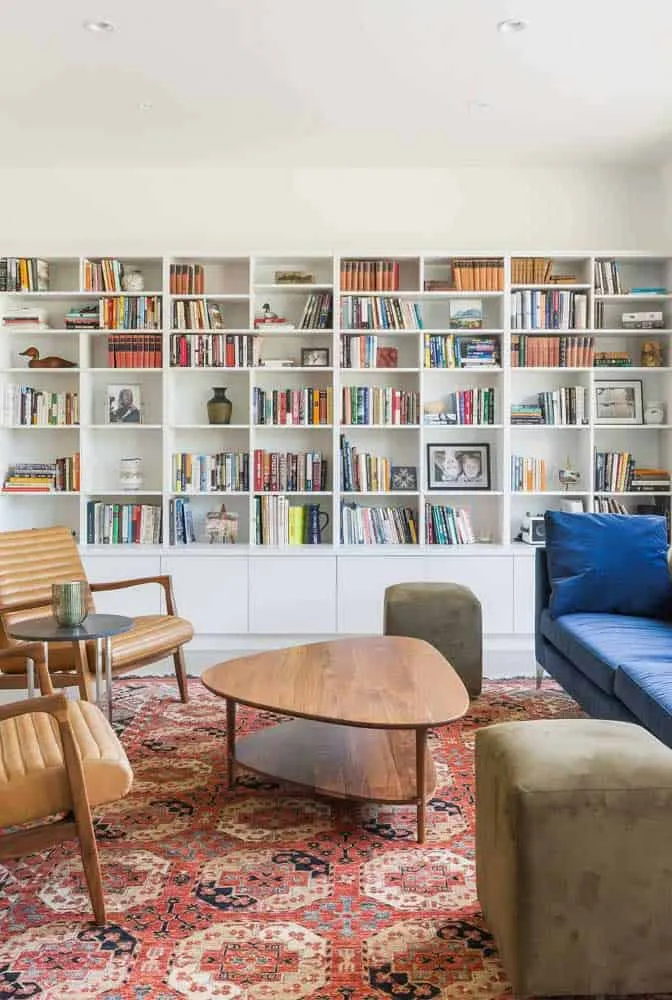 Advantages of White Bookshelves as the Perfect Choice
Advantages of White Bookshelves as the Perfect Choice